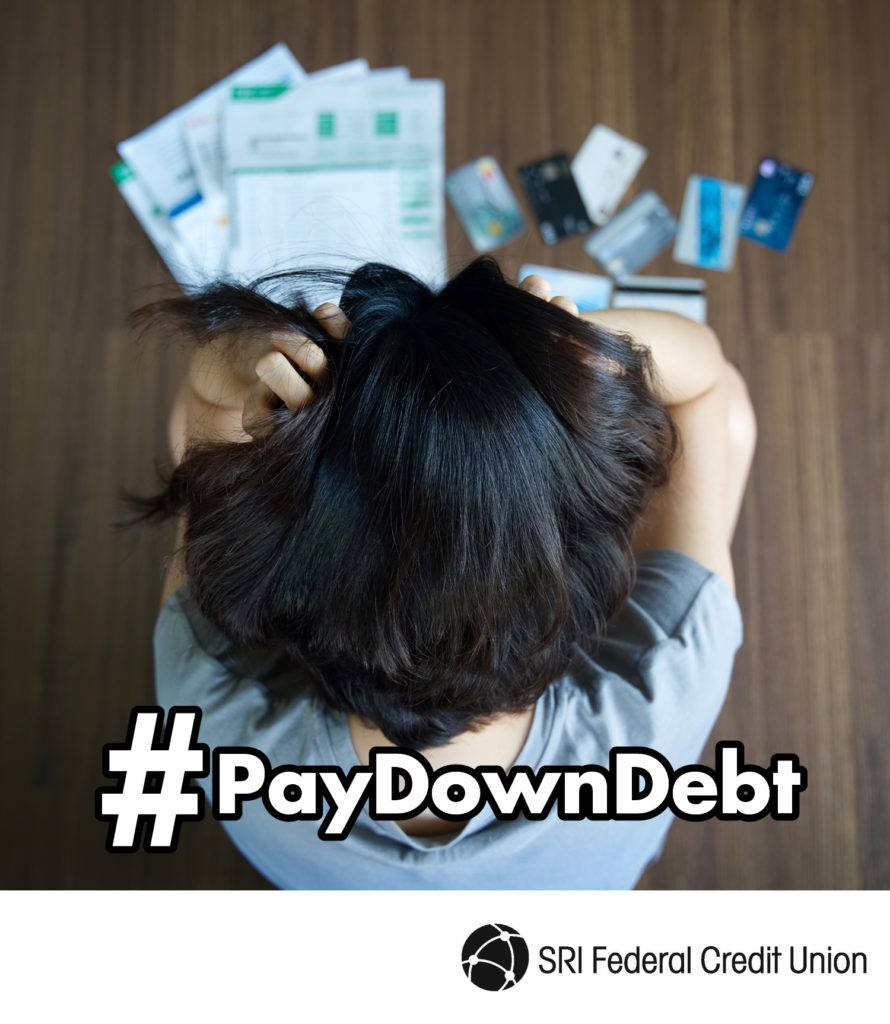
Step 3 of 12 to Financial Wellness: Pay Down Debt
You’ve tracked your spending, designed a budget for your monthly expenses, and you’re well on your way to financial wellness. In this next step, you’ll create a plan for paying down your existing debt. Consumer debt can be one of the biggest challenges to realizing good financial wellness. Credit card companies design their business model in a way that makes it easy to get stuck paying off debt for years. With some intentional action and commitment, reaching true financial wellness and being financially independent is possible. At the very least, seek to be on track for paying it off shortly. Below, we’ve outlined how to pay down debt in five simple steps, along with three debt-paying strategies to avoid. Before you get started, determine how much debt you must pay off. List every credit card you own that has an outstanding balance and jot down the amount owed to each. Next, list the interest rate of each card. Do this for any other fixed installment loan debt you have as well. These numbers will help you build a debt-payoff plan in the next two steps. You can also add up the amounts owed on each account to reach your total outstanding debt amount. There are two main approaches people utilize for getting rid of their debts: Each method has advantages and drawbacks. The snowball method provides frequent motivation as debts are paid off sooner, but it may involve paying more overall interest on the debt. The avalanche method, on the other hand, generally saves the borrower a significant amount they pay in interest, but it can take a while to generate results. Choose the method that makes the most sense for your personal and financial circumstances. Once you’ve chosen your debt-crushing method, it’s time to find ways to maximize your monthly credit card payments. You can do this by trimming your spending in one budget category and channeling that money toward paying down your debt. You can also find ways to pad your pocket with extra cash for your payments, such as freelancing for hire or selling your creations on a platform, like Etsy, if you’re the crafty type. Once you’ve determined how much you can afford to pay each month, you can create a debt-payoff plan using the systems you’ve reached in Step 1. For some consumers, the most challenging part of paying down debt is managing multiple payments across several credit card accounts. With several monthly debt payments to make, it can be complicated to remember them all. It can also feel like the monthly payments are only going toward interest. A debt consolidation loan can change all that. When you consolidate debts into one low-interest loan, it’s a lot easier to manage the monthly payments. Plus, the savings on interest payments can be significant, especially if the new loan has a low-interest rate. If this approach sounds favorable, consider taking out a personal loan from SRI Federal Credit Union. The loan will provide you with the funds you need to pay off your credit card bills and leave you with a single, low-interest monthly payment. Click HERE to apply for a personal loan or click HERE to read up on our Zero % Visa Balance transfer promo. Many credit card companies are willing to lower your interest rate once you prove you are serious about paying down debt. After kicking off your debt payment plan, it’s worthwhile to contact each credit card company to discuss your options. At the very least, see if you can get the company behind the first debt on your list to lower your rate. 3 Debt-Crushing strategies to avoid As you work toward paying down your debt, beware of these debt-crushing strategies, which may do more harm than good: Regardless of the strategy you choose, or the methods you use for paying off your debt, commit to not adding more charges onto your card while paying it down. Paying off a large amount of debt will take time and willpower, but living debt-free is key to financial wellness. Best of luck on your debt-crushing journey!




